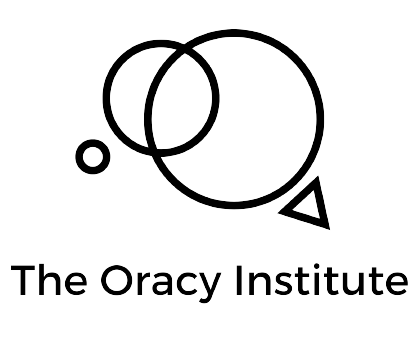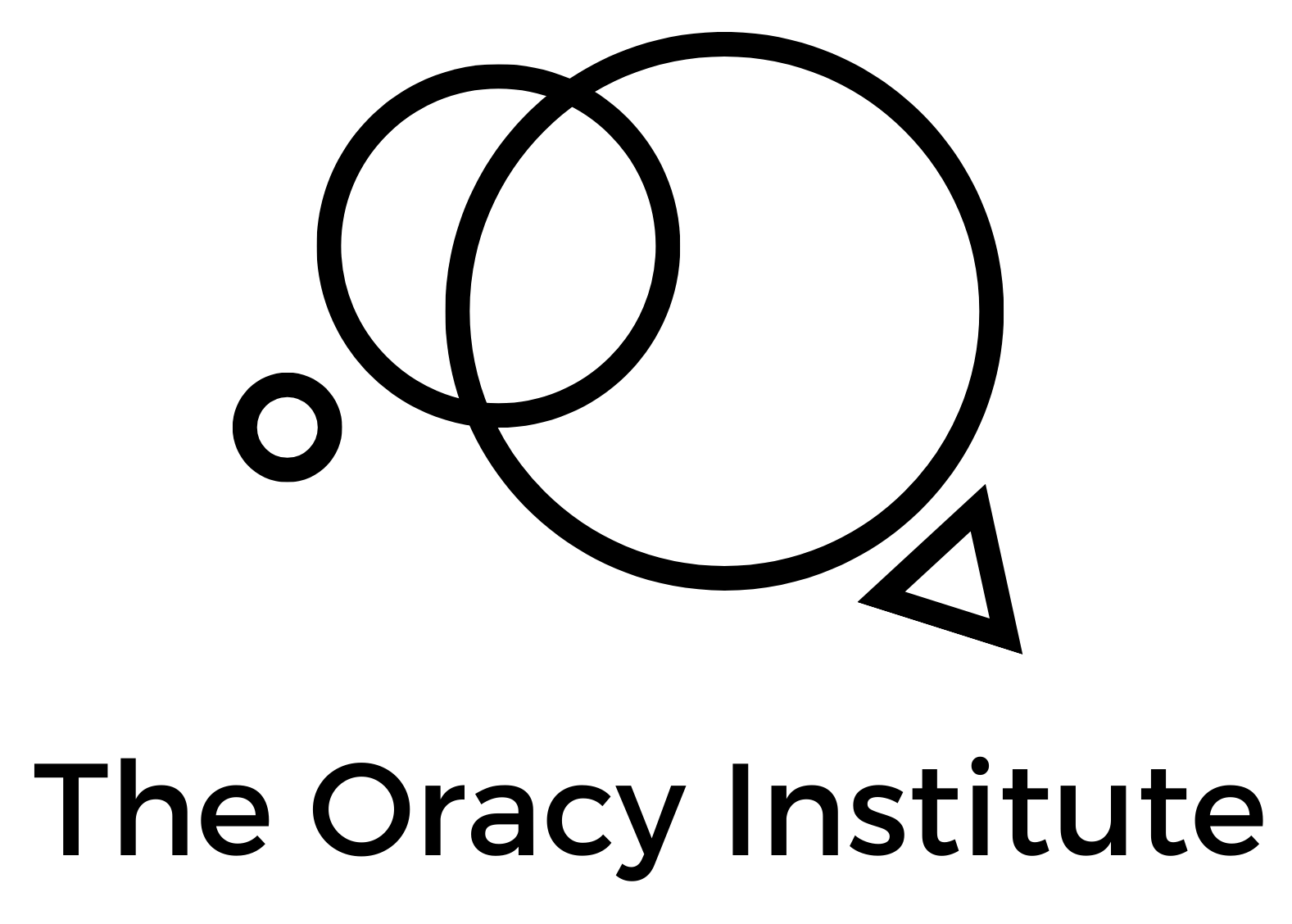How to deliver compelling conclusions
Bad conclusions are boring— speakers restate everything the audience has already heard, there is little additional contribution to the power of the speech, and to the audience it feels more like an afterthought than an actual piece of the speech. Instead, it is important to treat conclusions just like any other part of a speech; there are multiple steps involved and speakers should actively generate content to round off their speech properly.
Good conclusions are like the final lookout point at the end of a long hike; the audience should be able to have a clear overview of the journey they have made as well as be offered a new view on where they are now. Want to know how to conclude the exploration you’ve taken your audience through? Want to know which new outlooks to offer? Want to know how to hit your point home? We have assembled everything you need to deliver conclusions that leave a lasting imprint on your audience’s minds!
There are 5 key components towards constructing an effective conclusion; summarize, tie up loose ends, appeal to emotion, anticipate what the most common concern is, and keep the audience thinking. Together these components make up the STEAK model:
Summarize:
recap the most important points you presented
Tie up loose ends:
Is there anything that has not yet been completed?
Emotional appeal:
persuade the audience to agree with you from both a rational and emotional perspective
Anticipation:
What is the most common concern someone might have with your content? Respond to it!
Keep the audience thinking:
leave them with an interesting thought or question!
By incorporating all 5 of these elements, your conclusion adds power to your speech, rather than detracting from the momentum with boring repetition of material that has already been exhausted throughout your speech.
On a didactic note; learning to execute all 5 of these components at once can be quite overwhelming for students, which leads to them not being able to properly focus on any of them individually either. Instead, we recommend instructing them to start with picking just 2 of these elements to incorporate into their conclusion, and slowly build to using all 5. This way students can learn to execute these components in bite-sized amounts before learning how to combine all of them into 1 conclusion.
This can either be done across multiple speeches, where the first speech aims to fulfill 2 of the components, and each future speech implements one additional component of the STEAK model. Or, for the same speech, students can write each component separately 1-by-1, and then weave them all into one cohesive conclusion to deliver.
Additionally, depending on the length of the speeches, it may be difficult to execute all 5 components in depth if the speaking time is short. It is better to execute fewer of the components in the STEAK model more thoroughly, rather than more components less thoroughly. Therefore for shorter speeches, we recommend instructing students to pick the 2-3 components that fit their presentation goal [hyperlink to that]
best in order to incorporate into their conclusion. This way conclusions stay succinct whilst not missing out on nuance!
Below you can find each of these components explained in depth:
Summarize:
When summarizing the impact of your points, it's crucial to remind your audience of the key takeaways from your speech in a concise manner. This reinforces your message and helps your audience remember the most important perspectives presented in your speech. Rather than repeating explanations, focus on highlighting the outcomes and significance of your points.
A common mistake speakers make is repeating what they've already said in a redundant way; this detracts from the momentum in your speech, and signals to your audience that they can stop paying attention now cause nothing new will be added. Instead of restating the reasons for a particular argument, remind your audience why the outcome of that argument is essential, and emphasize why your audience should find that impact so important. This way your summarisation still achieves the effect of providing a clear overview of what has been outlined in your speech, however it does so in a more efficient way that does not fall susceptible to the audience hooking off.
Let’s assume a speech has just been delivered about the recent trend in feminism that encourages women to directly call-out misogynistic behavior publicly. A bad way to summarize the speech would be repeating all the reasoning, for example:
“To summarize; in my speech I have explained why women in the past were discouraged from speaking out about the struggles and barriers they face, which leads to them remaining silent on the challenges placed on them, and that means society is not aware of the problems that exist. Additionally I explained why this means many women also don’t realize the full extent of disadvantages they face because it is normal for them when they face it regularly. This leads to them thinking they’re the only ones who face it, and thus struggle to realize it is a broader social issue. Lastly, I also brought up a point about why at the moment that there is no awareness, people are less supportive of feminist policies because they think women are better off than they actually are, so they don’t feel the urgency of the situation, and thus don’t take action to solve the problem. Therefore, it is good for feminism to encourage women to directly call-out misogynistic behavior publicly.”
This summary repeats the line of logic that has already been explained in subtopics, and thus feels too repetitive and lengthy in the minds of the audience. A better version of this summary would be to make it more concise, and focus on why the impact is important, for example:
“The power of change can be seen in daughters who are now able to voice the frustrations that their mothers couldn’t; we must give women their voices back. Silence on misogyny is compliance to misogyny, let’s break this cycle. Only when the platform exists to share our experiences, can we realize the extent of injustice half our society faces, injustices we otherwise would have been conditioned to turn a blind eye to. The realization of the inequalities that take place is the prerequisite to any further steps towards equality, this impact is drastic. The eyes of voters cannot see what is hidden from them, we must bring these issues into the spotlight in order to visualize a better society.”
Whereas the first conclusion loses a lot of momentum in the speech, the second keeps the momentum high because it is centered around the importance of the points brought rather than repeating the point itself. This creates a more cohesive understanding in the minds of your audience; by emphasizing outcomes rather than explanations, you assist your audience in centralizing the purpose of your speech to see what it has achieved. This approach reinforces your message, ensures your audience understands the main point you are trying to convey, and doesn’t lose out on the momentum you have built in your speech.
How can you tell the difference between a redundant conclusion and one that adds insight while summarizing? There are 3 factors you can consider when distinguishing the two in your students’ speeches:
- Can the point be repeated in a shorter way?
→ Given conclusions should stay succinct; if something can be said more efficiently, it should be said more efficiently. As long as clarity is achieved on what the point is that is being brought back, speakers shouldn’t spend too much time repeating the claim, and instead prioritize spending time on new insights or further emphasis on the more powerful components of the speech in a conclusion. - Is the speaker repeating the logic behind the claim or the impact of the claim?
→ There’s been enough time in the subtopic phase of the speech to explain the point the speaker has made; the audience should be able to understand the point when mentioned without extensive content. Summarizing should focus on reminding the audience the point was made; not re-explaining what has already been said. - Is the speaker placing emphasis on the significance of the point?
→ Summarizing points does not add much to a speech beyond helping the audience remember the content; the best way to ensure the content is memorable and sticks with the audience is to highlight the significance of that point. An insightful conclusion focuses more on the importance of each point’s bottom line, rather than the lead-up to the outcome.
Tie up loose ends:
Your conclusion is the last moment you have before your speech ends. Ask yourself if there are any remaining gaps that must be filled for your speech to be cohesive. Did you ask a question during your introduction that has not yet been answered? The conclusion is your final opportunity to complete unfinished thoughts to round off your material!
This component within conclusions is quite simple, in order to tick it off your checklist all you have to do is address any unresolved points, questions, or issues that were brought up during your speech. This way you ensure your audience leaves with a clear understanding of the topic at hand. Tying off loose ends is crucial to ensure the content in your speech is completed, so that your audience has closure on the curiosities you have evoked and built suspense on throughout your speech.
Emotional appeal:
In order to fully hit your point home and guarantee your speech connects with your audience on a deep level, it is important to translate the rational explanations delivered in the subtopics into emotive perspectives to resonate the audience.
It is important here to link the impact of the points made to emotions you want the audience to feel; for example, if a speech is delivered about why we should raise interest rates for an economics presentation, a strong conclusion will try to invoke feelings amongst the audience by discussing your local entrepreneur who is now able to get a loan to start their dream business, or the family who is now able to secure a mortgage to purchase their forever home for their kids to grow up in. This way, the complicated technical economic theories explored in your speech can be funneled into an intuitive feeling about the stance taken on your topic.
Let’s assume a speech is being delivered about biodiversity for a biology presentation, a good conclusion will appeal to the audience’s emotions by including sentimentality on why the variety of life-forms is what makes our world beautiful. The emotions you appeal to don’t have to be positive emotions, you can also choose to invoke sadness about the species that are being driven towards extinction. If you’re delivering a speech about taking action against racism, you may want your audience to feel angry about the racial injustices that have taken place. If a speech is being given about climate change, you likely want your audience to feel scared about the future if we fail to address the issue. You can appeal to any feeling that suits your topic and purpose of your speech best. This way the audience is able to connect with the topic on a new level, emotions, which makes your point a homerun.
Students sometimes struggle with distinguishing decisions informed by ration as opposed to decisions informed by emotions, here is an example of how you can explain this to ensure all your students understand what it means to appeal to the audience’s emotions:
“There's a big difference between our rational thoughts and our emotional feelings about a decision. For instance, while you may know that procrastinating on homework is a bad idea, you probably still do it. Rather than giving you rational reasons why you shouldn't procrastinate, I could appeal to your emotions instead. For example, when you come home from school exhausted and start doing other activities in order to procrastinate doing homework, you end up feeling worse for longer. You can’t enjoy scrolling through social media or playing your video game as much as you usually do, because you know you still have to do your homework soon which makes you feel stressed out. If you do your homework right away, you can relax afterwards without that burden hanging over you. This means you'll have higher quality downtime and feel more relaxed for longer. Instead of giving you rational reasons why you shouldn't procrastinate, I'm giving you a reason that appeals to your feelings. In conclusion, we should aim to link our impacts to the audience’s emotions so that they can feel what you’re saying.”
Anticipation:
What we mean with anticipation is not building up excitement (that can be done when appealing to emotion in the step above), what we mean with anticipation is predicting what your audience is thinking about what you have said so far, and then addressing it.
In a persuasive speech, anticipating what your audience is thinking about your content is best addressed by asking yourself:
“what is the most common thing someone will say against my stance? Are there persuasive counter-arguments to the point I’m trying to make” and then delivering responses to it to show why your claim is still the best! Let’s assume a speech is delivered about why social media is a great means to spread awareness on global issues, a way to anticipate could be:
“Most critics will say the positive impacts are curtailed by wide-spread misinformation on these platforms, however these can easily be weeded out with content regulations and moderators. Additionally these concerns are not specific about social media, but apply to information channels in general; traditional news outlets also spread misinformation, therefore these concerns should not be applied to social media more than its alternatives. The concern on misinformation has heavy limitations, and we should not let it stand in the way of assessing social media’s benefits to global awareness”
In a speech that aims to inspire the audience, anticipation can be asking yourself: “what is the current barrier the audience faces? How can we take this barrier down?”. Let’s assume you are delivering a speech about the importance of exercising regularly, you can deliver the following anticipation:
“One of the most common reasons people don’t exercise is lack of time. This can easily be solved by incorporating physical activity in your daily routine; such as taking the stairs instead of the elevator, going for a walk during lunch breaks, or biking to work”
In an informative speech, the audience is often quite tired by the time the conclusion comes around because they have been paying attention to so much information for so long. Anticipation can also be a joke or remark to address these feelings in the audience, and create a break in your content to end the speech on a more energetic note, for example: “I know what you’re thinking, this is a lot of information to take in. Don’t worry, I won’t quiz you on it later. Consider this your mental gym session, a little exercise never hurt anyone, right?”
Keep the audience thinking:
The same way gymnasts must stick the landing after their performances, speakers should stick the landing of their speech! Leave a strong impression on your audience by ending with a spectacle: this could be a thought-provoking quote, a call to action, a witty joke, a rhetorical question, or a powerful anecdote. A compelling ending in your speech can inspire, motivate, and/or challenge your audience; leaving them with something to think about long after your speech is over.
When you leave your audience with something to think about, you encourage them to reflect on what they've heard and form their own thoughts on the topic. The ending of your speech should be the beginning of your audience’s own thinking process about the content presented in your speech. This leaves a lasting impression because your audience now includes a personalized imprint & thinking process when they look back on your speech, this weaves their own individuality to the memory of your speech.
Summarize
Tie up loose ends
Emotional appeal
Anticipation
Keep the audience thinking
To conclude how to deliver compelling conclusions; the STEAK model is a powerful checklist to generate content that completes your speech. Summarizing the impact of what you’ve said keeps the momentum rolling in your speech to keep your audience engaged, tying off loose ends is the glue that keeps your speech cohesive, appealing to emotion invokes a deeper sense of insight for your audience, anticipation makes your content opposition-resistant, and by keeping your audience thinking, you make the impression of your speech everlasting.
You might be wondering if your students will be able to consistently incorporate all 5 of these elements; the trick is to take it one step at a time, even the smallest steps can still move you in the right direction!
We all know the frustration and boredom of tedious conclusions that repeat things you’ve already heard, the STEAK model produces conclusions that feel less like a formality, and more like a crucial component of the speech itself. Just as an inviting dessert completes a meal, a strong conclusion leaves the audience both satisfied and eager for more.
Next time your student delivers a conclusion aimed at providing the audience with closure, challenge them to present one that invites the audience to explore further!




